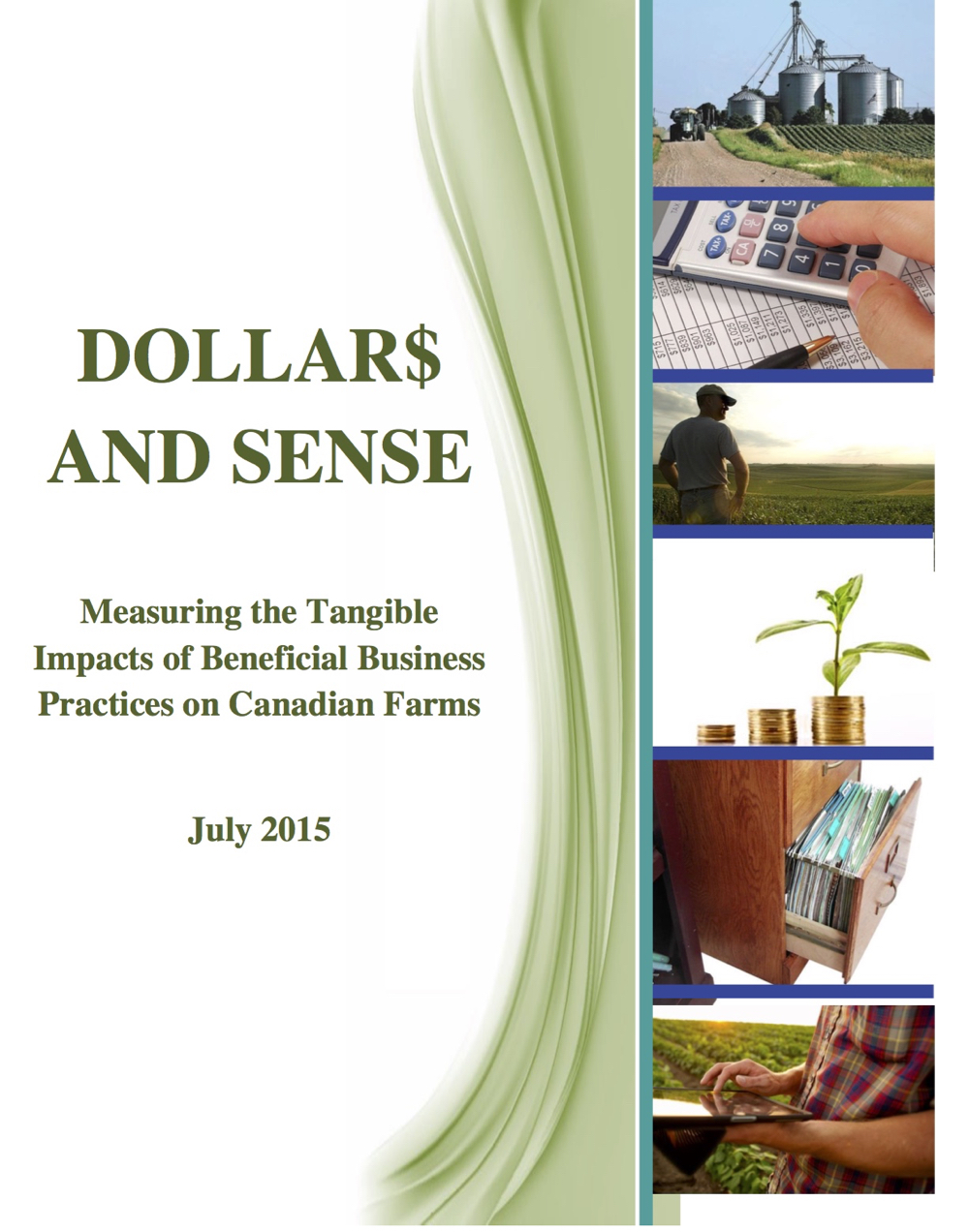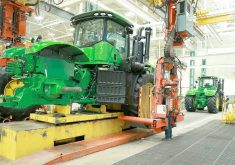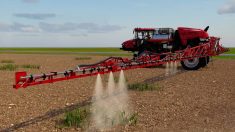I do a lot of flying and still to this day find the takeoff rather exciting.
After 35 years of travel there has never been an incident with takeoff — but the landings have been mixed. There were quite a few times when we could not land because of weather, and times when the pilot realized he might overshoot the runway and had to hit the brakes. This is a jolt to the system and can be unsettling especially if the fog is so bad that no one can see the runway anyway!
Read Also

Farm equipment sales sector sees significant structural changes
Farming equipment sales have been declining for a number of years now, and one industry professional believes structural changes in the industry are needed to curb that trend.
I often think of flying — the pure miracle of it and the opportunity that the disruptive technology of the invention of the plane has afforded us. In terms of business, I see that we spend a lot of time planning the takeoff and enjoying the ride, and very little time preparing to land. The runway is only so long, it takes a flight plan to change, close or transfer business and that cannot be done from the air. At some time, our feet need to be firmly planted on the ground.
Landing in business is not just succession planning, it is planning for when the bank says no, when the business fails, when our health fails, or when the world around us changes. It is the mitigation of risk and the knowing of when we are safe after the wheels hit the ground. Young entrepreneurs, especially women, should look at this very carefully.
More than half of small and medium-size businesses in Canada are owned by women (a small or medium business is defined as under $25 million) while the food product from those make up over 80 per cent of our items for trade. As a consumer, she buys and sells food, clothes, houses and cars, appliances, vacations, tools, trucks, tractors, feed, seed, welders and combines. Yet accessing money for continued growth is often difficult.
Even though women and men face the same challenges when accessing finance, research in this area has found that even in developed countries only 58 per cent of all equally eligible loans applied for by women were approved and at a higher interest rate than the same proposal by men. (In the United States, the rate is 20 per cent less approval rate than men and only four per cent of venture capital funding has been allocated to women.) The study found that the reason for credit refusal was that lenders do not wish to be associated with specific types of borrowers such as women, racial minorities, classes and castes. In short, commercial banks and village money men did not loan to women because they presented a bigger perceived risk, they did not loan to women because they were women.
- More with Brenda Schoepp and the Alberta Farmer Express: Women in agriculture bank on change
A true lack of access to credit often hinders growth in what could be a thriving agricultural practice. Women in particular continue to be tied to their husband’s financial performance, permission or signature, even when they are solely responsible for the production of food or for the business. What needs to be done for young men and women to access financing for business (the takeoff) and how do businesses access additional funding for growth or mitigate their financial risk (the landing)?
Asking the right questions ahead of time is important. What do I need to prepare? What are the asset requirements needed to satisfy the lender? What are the perceived risks? How much weight is on past history and credit score or on receivables and cash flow? And the list goes on.
But the point is that the plane cannot and will not take off without the appropriate preparation and pilot check.
Compared to their male colleagues, women often face the additional challenge of not asking for enough money. Many commercial banks look to larger long-term loans attached to a sound business plan that is clearly articulated both in writing and orally. And repeatedly we see evidence that cash flow is not king, men and women need to own something concrete — an office building, factory, ship or any other asset. When it comes to farming, ladies who wish to build their enterprises must have deeded land in their name.
For example, the Montreal Gazette recently ran a story of two women with an 11-year-old company generating $4 million in home party clothing sales. Because they did not own the factory in which the clothing was produced they were ineligible for a meagre $500,000 line of credit for the past three years and were forced to use personal savings.
In this scenario, the women are obviously fighting an outdated system that is discriminatory but I also see it as preparing for a landing. Like these ladies, at any point in time in our business if we do not have collateral, capital assets, receivables and cash we can run out of runway. Paving the way for success includes takeoff, a flight plan, and a long runway.
















